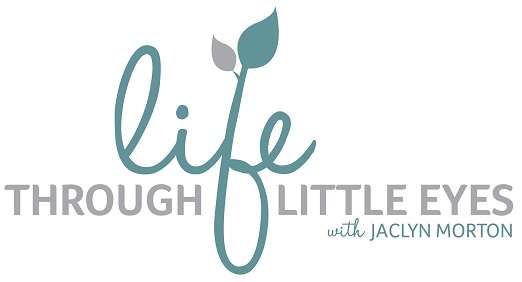Acceptance
 Accept our children just as they are.
Accept our children just as they are.
I fully see how important this is. And I have definitely thought to myself…”I accept my children as they are, wouldn’t change them for the world”. But actually the more I have read and the more I have delved deeply in to the inner workings of my subconscious mind, I realised I still have a lot of work to do.
Acceptance can be easy when things are going well and then not so easy when things are not the way we want them! I realised this is the point …”not so easy when things are not the way we want them” i.e. when we are not accepting of them. So by not accepting we are adding another layer of stress to the situation. Penny drop moment for me here. So in accepting something we are more likely to be at peace with it. I think it is something a lot of us struggle with.
So thinking about our children, it isn’t about how much we love them, it’s about respecting them, as them. As imperfect humans, just as we are.
Respecting their feelings; their thoughts; their personality; essentially accepting them as who they are in front of us, right now.
We can love our child but wish that they weren’t so strong-willed and a little more amenable. Or wish that our introverted child would be more outgoing. Or that our child didn’t stammer and could speak fluently without struggle. Or that our child didn’t have eczema and all the struggles that go along with this.
The simple fact is we just want the best for our kids. We want them to be happy, successful, kind, healthy, popular, confident. Bluntly put, this want for our kids to be different in some ways, grows a lack of acceptance in who they really are. This can seep out of us in our tone, our body language and the words we use.
The first step in noticing where you are on the acceptance scale if you like, is to take some time to notice your thoughts. Listen to the words you use and ask yourself this question from Alfie Kohn, the author of “Unconditional Parenting”…
“Is it possible that what I just did with them (or said to them) had more to do with my needs, my fears and my own up-bringing than what is really in their best interests?”
Again, tapping in to our own thoughts…if we view our parenting role as to mould or teach, or keep happy or fix then we are not allowing the situation to be as it is, we are trying to change or control.
Let’s look at some examples…
“Don’t cry, there’s no need to be sad”
“Go in to the party, you wanted to come, there’s no need to be shy”
“I can’t believe you’re saying you are bored, we went to the park this morning”
“Slow down, take a deep breath and then your words will come out easier”
How many times do we communicate with our children in a way that makes them do something we want, or behave in a way we want them to, or have the emotions we want them to have? Its really worth taking the time over a few days to notice this in your thinking and language with your children.
I know when acceptance isn’t happening for me. I have “what if” thoughts…
- What if he turns in to a bully at school (because he shouted in his brothers face and hit him)
- What if he gets bullied at school (because he can be introverted and hang back in the crowd)
- What if she turns out to be rude and impolite (because she answered back when asked to come off her tablet)
- What if he turns out to be lazy and doesn’t understand the meaning of hard work (because he won’t do his homework)
It’s so easy as caring parents to get stuck in these stories. Notice the labels – lazy, rude, defiant. These labels lead us to parent with control because fear is in the driving seat. When control steps in often connection falls out. Once connection has gone, we’ve no where to go really.
“You can’t teach children to behave better by making them feel worse. When children feel better, they behave better.” – Pam Leo”
Naturally people assume acceptance is letting your child do whatever they want. This is far from the truth. We can set boundaries and limits respectfully and make changes through collaboration with our child. We can accept our child and their feelings but we don’t need to accept their behaviour. Link to boundary setting here
When we start looking at our child from a place of acceptance we shift our perspective from trying to change our child’s behaviour to communicating with them as a person and how we can all get our needs met. I like the idea of communicating with curiosity – curious of our own minds and curious as to what’s going on for our little people. Working with, rather than doing to.
Think about when you feel fully accepted by someone. How does it make you feel?
When we show we accept our child it is the beginning of the cycle. They accept themselves thus building a strong sense of self, and then they can show acceptance to others. This sounds like a wonderful world doesn’t it.
So, in summary,
- Notice your thoughts – is this about me and my fears or the well being of my child?
- Be present and parent the child in front of you.
- Think Curiosity and Collaboration not Control.
